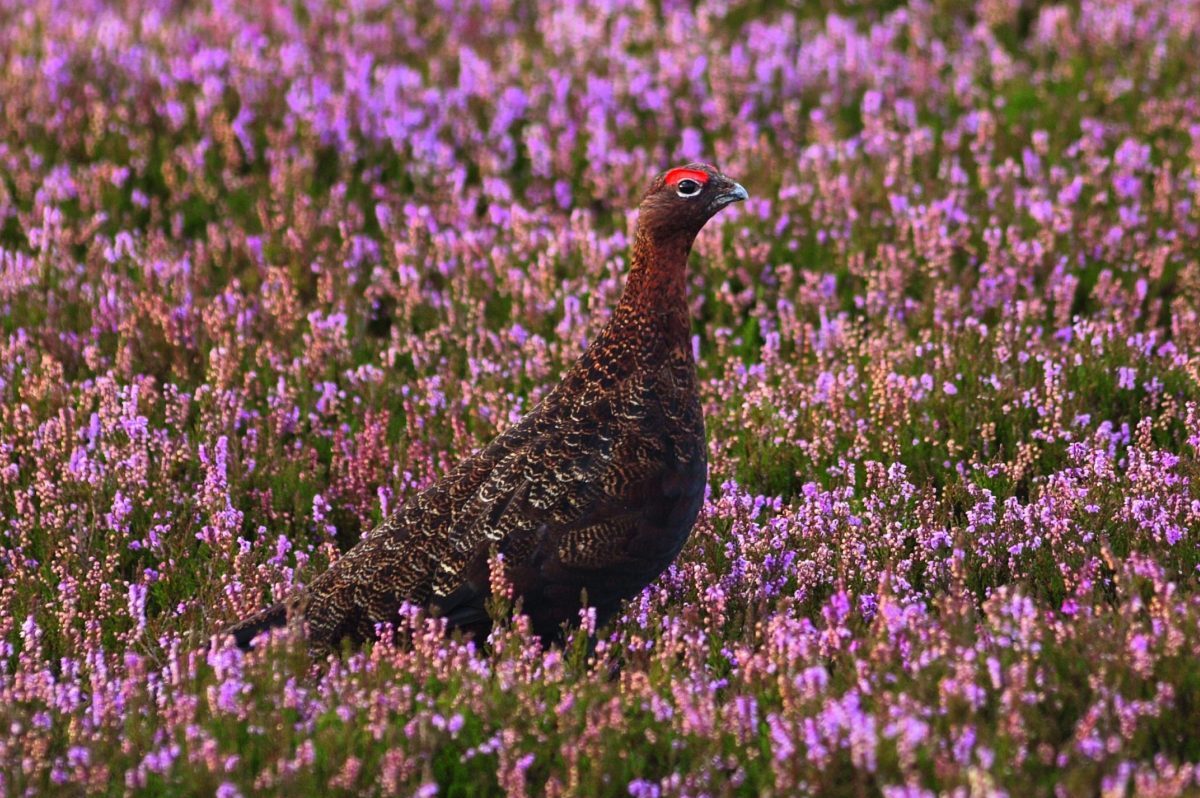Red grouse on the decline, while red kites are booming
The newly released 2022 Breeding Birds Survey gives an accurate insight into the UK bird population, with some interesting figures

The red grouse population in Scotland has dropped by 33% over the past five years
It’s long been known that grouse populations rise and fall in cycles, and this is confirmed by the Breeding Birds Survey (BBS) 2022. Produced by the British Trust for Ornithology, Joint Nature Conservation Committee and the RSPB, it gives an accurate indication of bird population trends.
The report notes that red grouse numbers in Scotland have suffered a 33% decline over the past five years. Both Scottish and English grouse populations are likely to be close to the bottom of their cycle and should start to recover again soon. In England, numbers of both corn buntings and skylarks have grown significantly in the past five years, though this success hasn’t been echoed by two other farmland birds, the grey partridge and the turtle dove. Grey partridge numbers dropped by just 2% in 2022, but there has been a 21% decline in the past 10 years. Turtle doves are slipping towards extinction in England, with a 97% decrease in the period 1995–2021.
The survey reflects the problems in the shooting industry with Covid and avian influenza, and the reduction in the number of birds released. In England, pheasants were down by 15% in 2021/22, with redlegs dropping by 24%. Both Canada and greylag geese continue to increase in numbers, but it’s the introduced Egyptian goose that is the headline grabber, for this is the bird with the largest single-year increase, with 56% more squares occupied in 2022 than the previous three years, along with increased counts where it occurs.
The BBS doesn’t attempt to survey rare birds such as golden eagles and hen harriers, but it does provide figures for a number of raptors. The UK population of red kites has risen by 2,105% over 26 years, while buzzards have gone up by a significant 89% over the same period. Interestingly, peregrine numbers have fallen by 44% and kestrels by 42%: could this be due to competition from buzzards and kites?
The overall winner in terms of increase in the 95–21 period is the attractive and uncontroversial little egret, up by 2,311%. It first started to colonise the UK in 1996.








